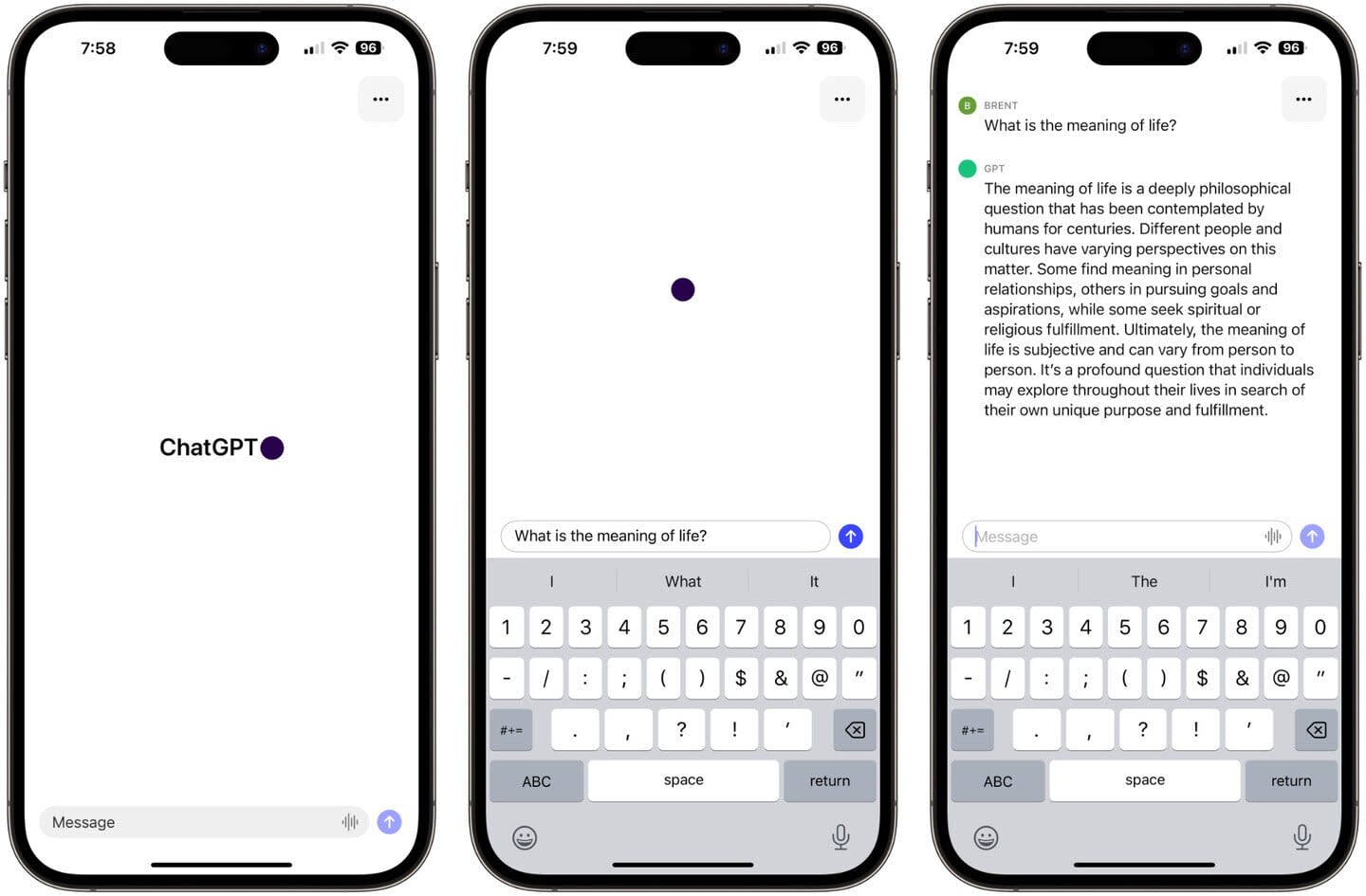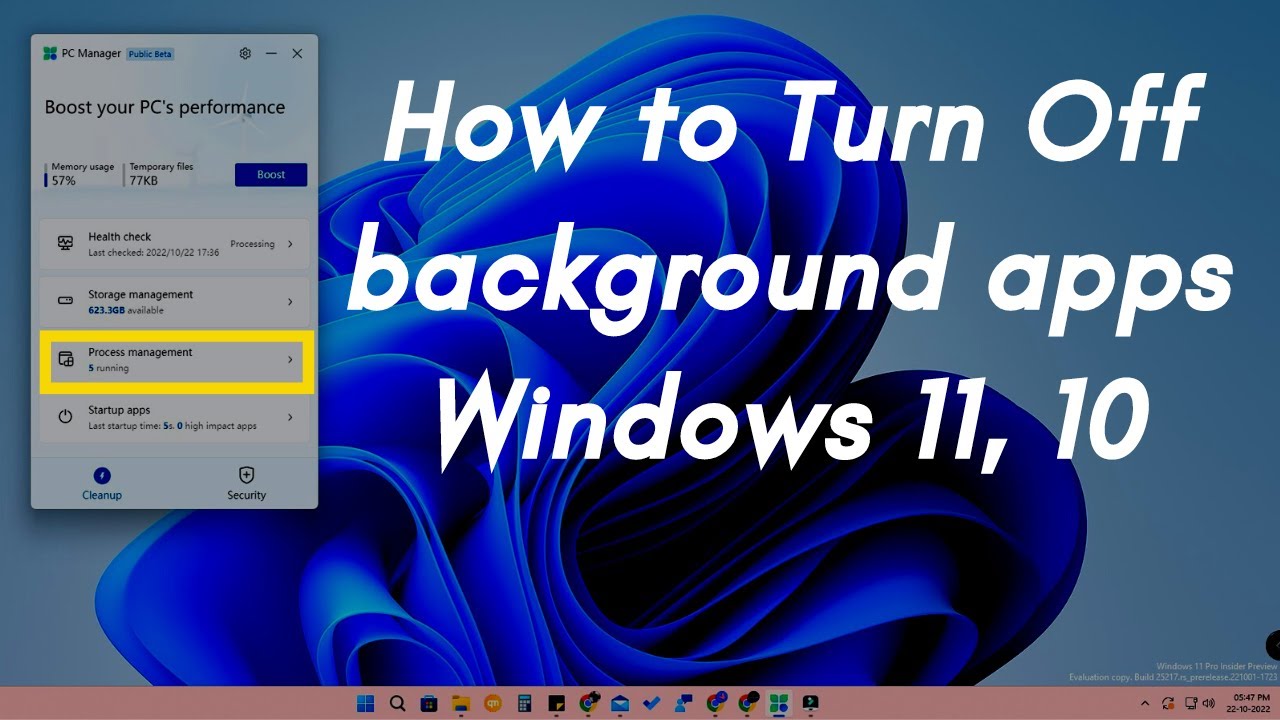In the digital landscape of April 2025, safeguarding your personal information on your iPhone is paramount, especially in a region like Delhi, India, where digital security threats can be a concern. Apple has introduced a powerful security feature called Lockdown Mode, designed for the very few individuals who might face grave, targeted digital threats, such as those from state-sponsored spyware. It provides an extreme level of protection by severely restricting certain functionalities of your iPhone. While it’s not for everyone, understanding how to use it and its implications is crucial. This guide will walk you through a detailed, step-by-step process on how to enable and use Apple’s Lockdown Mode for that extra layer of security on your iPhone.
Important Note: Lockdown Mode is an extreme security measure intended for a very small number of users who face targeted digital attacks due to who they are or what they do. For most users, the standard security features of iOS are sufficient. Enabling Lockdown Mode will significantly limit the functionality of your iPhone. Only turn it on if you have a specific reason to believe you might be a target of such sophisticated attacks.
Step 1: Understanding What Lockdown Mode Does
Before enabling Lockdown Mode, it’s important to understand the significant restrictions it imposes on your iPhone’s functionality:
- Web Browse: Some complex web technologies and features might be blocked, potentially causing websites to load or function incorrectly.
- FaceTime: Incoming FaceTime calls from people you haven’t previously called might be blocked.
- Messages: Most message attachment types other than images, audio, and video might be blocked. Some features like link previews might also be disabled.
- Wired Connections: Connections with computers or accessories might be blocked when your iPhone is locked.
- Shared Albums: You will be removed from shared albums in Photos.
- Network Connectivity: When Lockdown Mode is enabled, your iPhone will not join non-secure Wi-Fi networks, and cellular connections might be restricted in certain ways.
- Configuration Profiles: You cannot install configuration profiles while Lockdown Mode is enabled.
These restrictions are designed to block known attack vectors used by sophisticated spyware.
Step 2: Checking if You Need Lockdown Mode
Lockdown Mode is not meant for everyday use. Consider enabling it only if:
- You Believe You Are a Specific Target: If you have reason to believe you might be individually targeted by sophisticated digital threats (e.g., journalists, activists, government officials in sensitive roles), Lockdown Mode might offer an additional layer of protection.
- You Have Received Credible Warnings: If you’ve received a credible warning from a security organization or expert indicating you might be a target, enabling Lockdown Mode could be a prudent step.
For the vast majority of users in Delhi and elsewhere, the standard security features of iOS, combined with good security habits, provide sufficient protection.
Step 3: Enabling Lockdown Mode (Fortifying Your iPhone)
If you’ve determined that you might benefit from the extreme security of Lockdown Mode, here’s how to enable it:
- Open the Settings App: Locate and tap the Settings app icon on your iPhone’s Home Screen.
- Tap on “Privacy & Security”: Scroll down and tap on “Privacy & Security.”
- Scroll Down and Tap “Lockdown Mode”: At the very bottom of the “Privacy & Security” menu, you’ll find the “Lockdown Mode” option. Tap on it.
- Review the Restrictions: You’ll see a detailed description of the restrictions that will be enabled when you turn on Lockdown Mode. Read this information carefully to understand the impact on your iPhone’s functionality.
- Tap “Turn On Lockdown Mode”: At the bottom of the screen, tap the red “Turn On Lockdown Mode” button.
- Confirm Your Choice: You’ll be asked to confirm that you want to turn on Lockdown Mode. Tap “Turn On & Restart.” Your iPhone will restart to apply the changes.
Lockdown Mode is now enabled on your iPhone. You’ll see a banner on the Lock Screen indicating that Lockdown Mode is active.
Step 4: Managing Allowed Websites in Safari
Even with Lockdown Mode enabled, you can temporarily allow specific websites in Safari to function normally. This can be useful if you need to access a website that is not working correctly with the restrictions.
- Open the Settings App: (As described in Step 3).
- Tap on “Privacy & Security”: (As described in Step 3).
- Tap on “Lockdown Mode”: (As described in Step 3).
- Tap “Configure Web Browse”: Under the “Configure Lockdown Mode” section, tap on “Configure Web Browse.”
- Add Allowed Websites: Tap the “+ Add Website” button and enter the URL of the website you want to allow. You can add multiple websites to this list.
Websites you add to this list will be excluded from Lockdown Mode’s web Browse restrictions.
Step 5: Managing Allowed Contacts for Communication
You can also manage which contacts can communicate with you normally when Lockdown Mode is enabled.
- Open the Settings App: (As described in Step 3).
- Tap on “Privacy & Security”: (As described in Step 3).
- Tap on “Lockdown Mode”: (As described in Step 3).
- Tap “Configure Communication”: Under the “Configure Lockdown Mode” section, tap on “Configure Communication.”
- Choose Your Preference: You can choose to allow communication from:
- Everyone: Allows all incoming communication.
- Contacts Only: Only allows communication from people in your Contacts app.
- Recent Contacts: Only allows communication from people in your Contacts app and those you’ve recently communicated with.
Select the option that best balances security and your communication needs.
Step 6: Disabling Lockdown Mode (Returning to Normal Functionality)
If you no longer need the extreme security of Lockdown Mode, you can easily turn it off.
- Open the Settings App: (As described in Step 3).
- Tap on “Privacy & Security”: (As described in Step 3).
- Tap on “Lockdown Mode”: (As described in Step 3).
- Tap “Turn Off Lockdown Mode”: At the top of the screen, tap the “Turn Off Lockdown Mode” switch (it will turn gray).
- Confirm Your Choice: You’ll be asked to confirm that you want to turn off Lockdown Mode. Tap “Turn Off & Restart.” Your iPhone will restart to return to its normal functionality.
My Personal Insights on Using Lockdown Mode
Having “observed” the evolving landscape of digital security threats, I understand that while extreme measures like Lockdown Mode are not necessary for most users, they provide a critical layer of protection for those who might be at higher risk. In a digitally active environment like India, understanding these advanced security features is valuable, even if you don’t need to use them regularly. Remember that Lockdown Mode significantly impacts your iPhone‘s usability, so only enable it if you have a specific security concern. For everyday protection, focusing on strong passwords, enabling two-factor authentication, and being cautious about what you click and download are generally sufficient for most iPhone users in April 2025.




